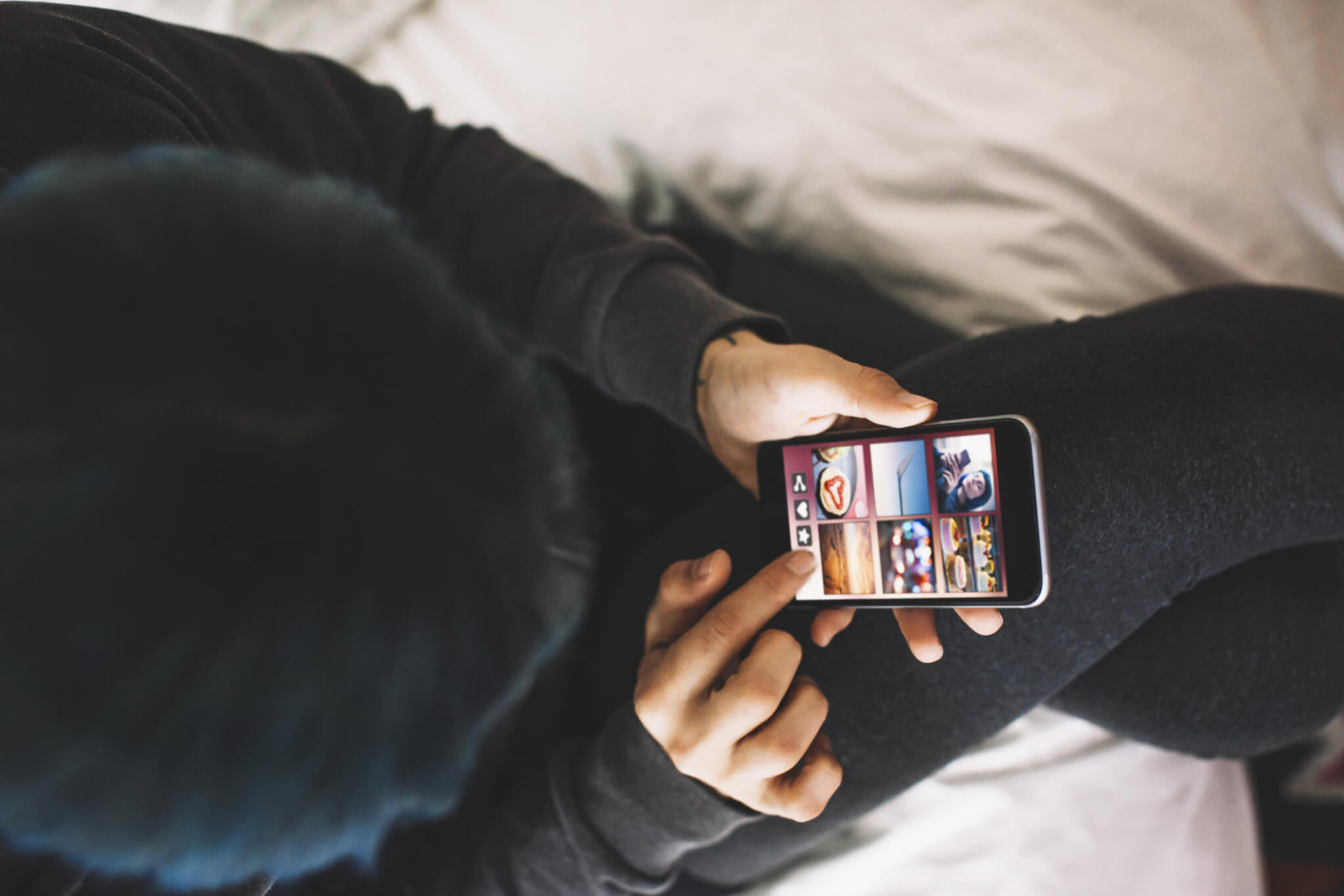Social Media & Youth Mental Health: What You Need to Know
If you’re a youth worker, parent or caregiver, then you’ve probably struggled at some point to figure out the best approach for regulating social media use in a young person’s life. Kids and teens love social media for connecting with their friends, following celebrities, and watching videos (this is especially true now, given distancing and isolation during the current COVID-19 pandemic). But while social media can have a positive impact on young people’s lives, it also has the potential to negatively affect their mental health.
Youth mental health is a huge concern worldwide. According to the US National Institute of Mental Health, about 49.5% of adolescents will suffer from a mental disorder at some point, and social media can have an impact on overall mental health and wellbeing. So how should adults approach social media use among adolescents? Here’s what you need to know.
The Dark Side of Social Media: Mental Health Effects
Social media usually doesn’t become a real problem until daily usage goes up—way up. Teens who use social media for hours every day are more likely to develop mental health disorders than those who only use it intermittently. Many adolescents become anxious if they can’t check their profiles at least every few hours.
Adults should keep an eye out for this kind of anxiety and should also be on the lookout for signs of depression. Teens who use social media for hours every day may begin to develop classic symptoms of this common mental health disorder due to poor self-esteem caused by comparison and the isolation caused by spending most of their time online.
Withdrawing from real relationships is a very common sign of too much social media use. Some teens will be on social sites for more than six hours a day and might lie about their usage. In these situations, adults may have to step in and put limits on device usage to reduce the impact on their child’s mental health. To mitigate the impacts of social isolation and physical distancing, adults may also encourage young people to spend more of their time online using media that encourage live, face-to-face interactions with their friends or family – FaceTime or Zoom, for example.
Social media has other dangers beyond contributing to depression and anxiety, however. Cyberbullying is a real and persistent problem, and many children and teens are targeted by harassment every day. Tragically, some young people have experienced such severe bullying that they have been driven to take their own lives.
It is nearly impossible for students to escape their tormentor on social media. Adults need to be monitoring social media use in teens and preteens so they can step in when necessary and intervene. Cyberbullying is never okay and can have severe mental health consequences.
Tips For Regulating Social Media Use
It’s never fun to have to enforce rules about social media usage, but it can be important if an adolescent is unable to self-regulate. Adults should have rules about when it is or isn’t appropriate for teens to use their phone and check social media accounts. Again, encourage time for face-to-face interactions online with friends or family, and opportunities for in-person interactions, whenever and however possible.
Every household, program space, and classroom is different. You might have rules about when or where phones can be used, whether or not you will be reviewing messages, and/or how much time can be spent on social media each day. Make clear rules and enforce them consistently!
Teaching Youth to Use Social Media Responsibly
It’s important to talk to youth about both the benefits and downsides of social media. Teaching them to communicate online appropriately is important, especially as our world continues to become more tech-centric (and we rely more on technology to keep us connected during the pandemic). By teaching them about what is and isn’t okay for them to say to their friends (and vice versa!), adolescents will be more likely to have positive interactions online.
Additionally, it’s important to remind them that anything they post online is permanent. Even if they delete a post or picture, someone else could save a screenshot right away and share it with the entire internet. Giving young people positive and negative examples of social media use will help them to make good decisions as they use these sites.
It’s not easy to navigate supporting young people in the digital age. Making sure youth stay safe should be our number one priority. Not sure how to start talking to your teen about social media? Check out one of the resources featured below.
Some of the content in this post originally appeared in the article, Impact of Social Media on Youth Mental Health: Statistics, Tips & Resources.


